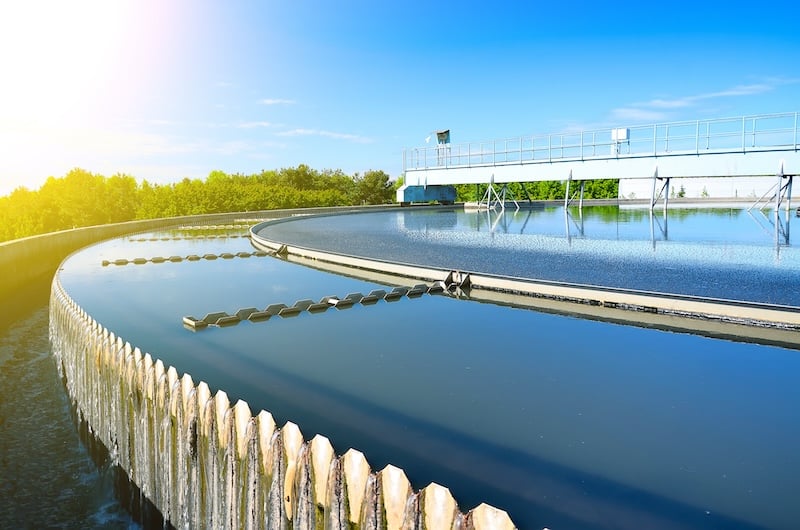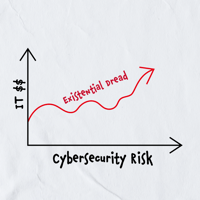President Biden's recent Executive Order on Artificial Intelligence (AI) marks a crucial step in...
The Unseen Threat Lurking in Our Water: Cybersecurity's New Frontier

Imagine turning on the tap one morning only to find that there's no water. Or worse, the water that flows is unsafe to drink. It's a scenario that belongs in post-apocalyptic fiction, yet it's a burgeoning reality facing our water systems today, and the culprit isn't a natural disaster – it's cyber threats.
And the threats are real. Attacks are happening as we speak. The White House just released a letter to the nation's governors expressing the urgency and the realities.
A Vulnerable Lifeline
Our water systems, an often-overlooked component of the nation's critical infrastructure, have entered the crosshairs of international cyber warfare. The recent advisory from the White House paints a grim picture: foreign hackers, with the backing of their nation-states, are no longer content with data theft; they're moving towards disrupting the essential services that support life, health, and safety. What was once a distant concern for utility companies has become an imminent threat with potential repercussions that could ripple through communities, hospitals, and schools.
The Cost of Complacency
Ignoring this threat could be catastrophic. A cyberattack on water infrastructure doesn't just mean service interruption; it means potential contamination, public health crises, and a blow to public confidence in essential services. The economic repercussions are just as severe. From emergency response costs to long-term remediation and loss of public trust, the price of inaction could spiral into billions, disrupting economies and lives.
A Universal Challenge
This isn't just an issue for the IT department or a concern for the technical staff at water facilities. It's a matter of public health, safety, and community welfare that affects everyone – from the governor's office to your family home. With the potential to undermine the drinking water and sanitation systems of entire cities, the cybersecurity of water infrastructure is a problem we all own.
The Path to Resilience
To safeguard against these threats, organizations that manage water systems must adopt a holistic approach to cybersecurity. This means going beyond the standard IT security playbook. It involves:
- Embracing a Culture of Security: Security needs to be woven into the fabric of the organization, with every employee aware of the risks and their role in mitigating them.
- Proactive Defense: This isn't just about putting up firewalls. It's about regular vulnerability assessments, timely patching of systems, and deploying sophisticated detection tools to spot threats before they materialize.
- Collaboration and Information Sharing: As these threats don't respect boundaries, neither should our defense strategies. Sharing intelligence and best practices across sectors and with government agencies can elevate the entire community's ability to respond and recover from incidents.
- Incident Response Preparedness: When a breach occurs, the response time is critical. Having a tested and refined incident response plan can mean the difference between a quick recovery and a prolonged crisis.
- Leveraging Federal Support and Expertise: The letter from the White House isn't just a warning; it's an offer of assistance. Resources from the Environmental Protection Agency (EPA) and the Cybersecurity and Infrastructure Security Agency (CISA) can provide the technical backbone to enhance defenses.
- Investing in the Future: Securing infrastructure today also means preparing for tomorrow's challenges. This could involve exploring innovative cybersecurity technologies, training for the workforce, and ensuring that the cybersecurity strategy evolves with the threat landscape.
The Bottom Line
Cybersecurity threats to our water systems are no longer hypothetical; they are a stark reality. The call to action has been sounded, and it's time for every organization that touches our water systems to step up. The investment we make today in securing our water systems against cyber threats will pay dividends in ensuring the safety, security, and resilience of our communities for years to come.
In the face of such a daunting adversary, action is not just a choice – it's an imperative. The security of our nation's water is a reflection of our collective will to protect and sustain our way of life. It's time to respond to this challenge with the urgency and gravity it deserves.



